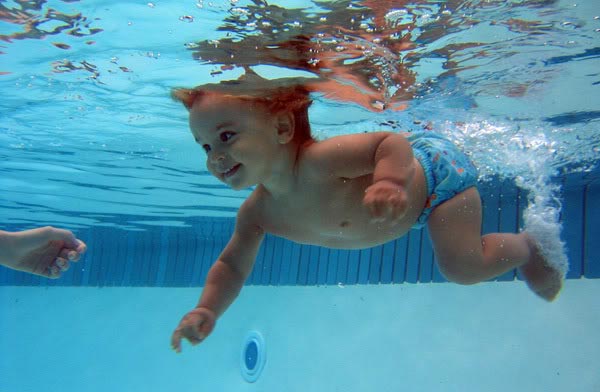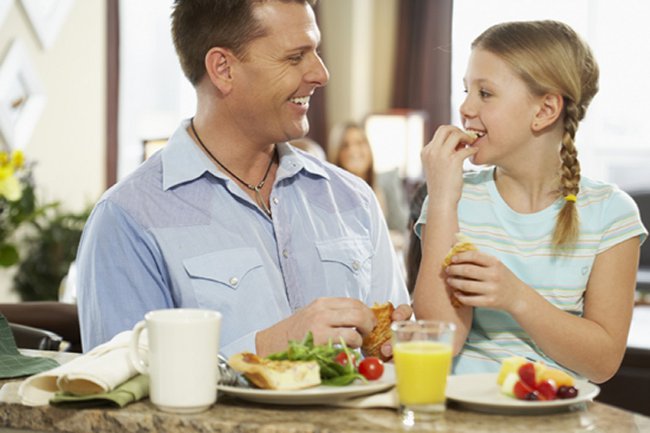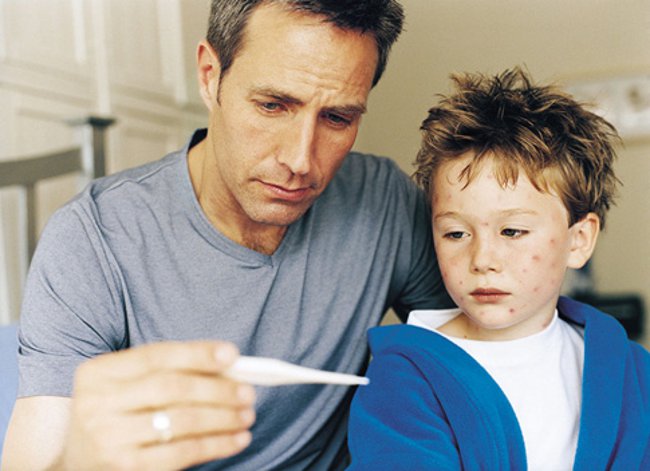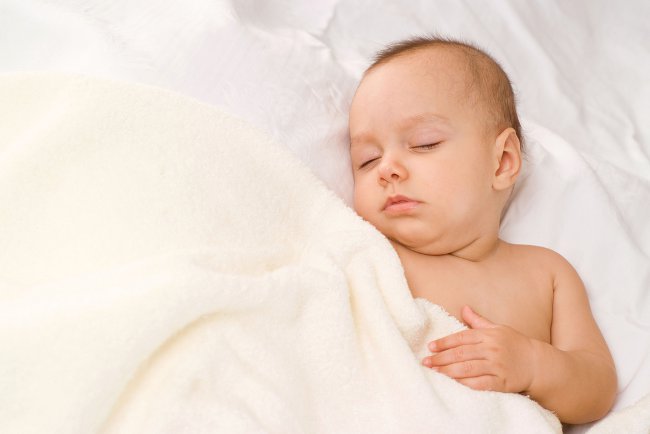The child had a fever: what to do?
 Some mothers believe that if the child had a fever, the diagnosis is clear - ARI, and begin to stuff it with paracetamol. But in fact, the causes of temperature in a child can be very different, and in some cases, it is not necessary to bring down the temperature.
Some mothers believe that if the child had a fever, the diagnosis is clear - ARI, and begin to stuff it with paracetamol. But in fact, the causes of temperature in a child can be very different, and in some cases, it is not necessary to bring down the temperature.In general, in most cases, hightemperature is a sign that everything is going well (in relation to this situation) To combat the disease, the body needs certain substances that it can produce only at elevated temperature. Therefore, the hypothalamus gives the body a signal of an increase in temperature. So if a child has a fever, it means that his body is struggling with the disease.
In itself, the temperature for a child is not dangerous(unless it rises above 41 °). It is only a symptom of the disease, sometimes serious, sometimes not very. So do not panic immediately if you notice that the child has a fever. Do not try to diagnose yourself: the fever in a child can bea symptom of various diseases, from colds to chickenpox, so that self-medication can rather hurt than help. The best way out in such a situation is to call a doctor.
But what if the child's fever has risen, and it's impossible to contact a specialist at the moment? Is it necessary to bring down the temperature of the child? The so-called subfebrile temperature (37-38 °) should not be knocked down, you can only prevent the body from fighting withdisease. But if the temperature reaches 38.5 ° and above - it's worth starting to reduce it. The exception is the children of the "risk group", as well as the situation when the fever is accompanied by pallor, chills, muscle pains. In such cases, you can knock down the temperature, without waiting for it to jump to 38.5 °.
It is possible to bring down a child high temperature with the help of medicines: ibuprofen or paracetamol (it is better to use special "children's medicines" with a correctly selected dosage). It is not recommended to give aspirin to children! First, it is not the most harmless for the stomacha drug. Secondly, taking aspirin in children under 12 years old on the background of a viral infection can lead to the development of acute hepatic encephalopathy (Ray's syndrome). Analgin (metamizole) is also not recommended, and antipyrine (phenazone), amidopyrine (pyramidone) and phenacetin are prohibited. When taking medication, it is important to keep the dosage.
If the child has a fever, you cantry to knock it down and non-medicinal folk remedies. But with their choice you need to be extremely picky! Not all methods are suitable for children. For example, from grinding vodka, alcohol or vinegar, acetic and alcoholic compresses it is better to refuse - for a child this is dangerous. It is better to try wiping with water at room temperature (not cold!) Or a bath with water at a temperature of 36.6 °. It is impossible to cover and dress the child too warmly, and also to cover it with a wet sheet and a towel instead of wiping.
In addition, it is very important prevent dehydration, which may be accompanied by increasedtemperature. It is necessary to watch, that during illness the child drank a lot. How much, it is difficult to say, the main thing is for the child to take more fluids than usual. It is best to give the child fruit drinks from fresh berries, compotes and water diluted with juices. If the temperature is accompanied by diarrhea or vomiting, also give special salt solutions (Regidron).
Many mothers sing a child during tea withlemon, but this is not the best way out. The substances in the tea can increase the production of urine, which means that the body will additionally lose fluid. Tea will not help prevent dehydration, but will only aggravate it. Better instead of black tea to make a child herbal teas.
If, despite all the efforts, the child keeps the temperature for three days or more, you need seek medical advice immediately. This applies to subfebrile temperature. If the child has fever, but there are no other signs of the disease, you need to see a doctor earlier - in a day. You can not delay a visit to a doctor if the temperature is accompanied by anxiety symptoms or atypical behavior, and also if she at first slept and then went up - this may indicate a secondary infection.














